Name Ketty Rocca | ||
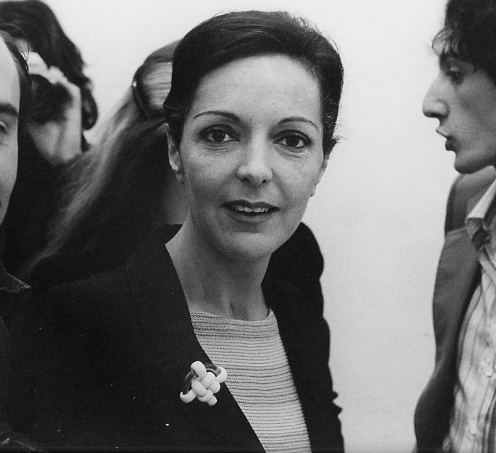 | ||
Died February 7, 1976, Florence, Italy | ||
Ketty la rocca meets lorenzo bianchi hoesch
Ketty La Rocca (14 July 1938, in La Spezia – 7 February 1976, in Firenze) was an Italian artist during the 1960s and 70s. She was a leading exponent of body art and visual poetry movements.
Contents

Nowadays, The Estate Ketty La Rocca is managed by her son, Michelangelo Vasta, Professor of Economic History at the Department of Economics and Statistics, University of Siena.
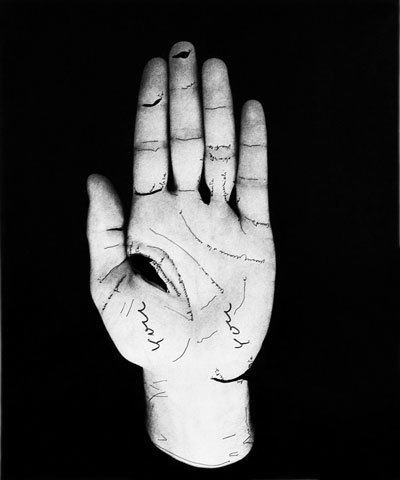
Work
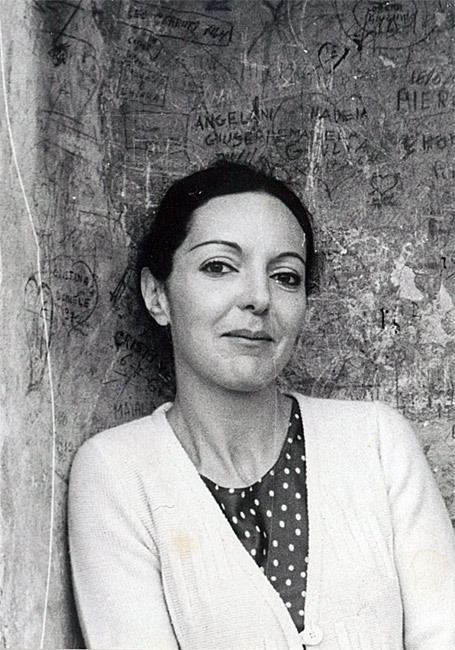
The art of La Rocca comprises visual poetry, visual art, and performance. She explored language, images, and scenes of the everyday world. She emphasized the imagery of bodies.

Beginning in the 1970s she mounted an extensive study of the human hand. She examined their potential for expression. She combined hands and words. She desired to create a different language, a more visceral communion in which the physical body, gestures and the written word were intertwined. In connection with these works La Rocca made specific reference to the female life experience, which had only ascribed certain activities to women’s hands. In 1974, she wrote from a feminist perspective: “For women today is not a time of explanations. They have a lot to do and then they only have one language at their disposal, which is alien and inimical to them. They are robbed of everything, except of the things that no one notices and those are manifold, even if they must be arranged. Hands, for instance, too slow for female skills, too poor and too incapable of continuing to hoard. It is better to embroider with words...“
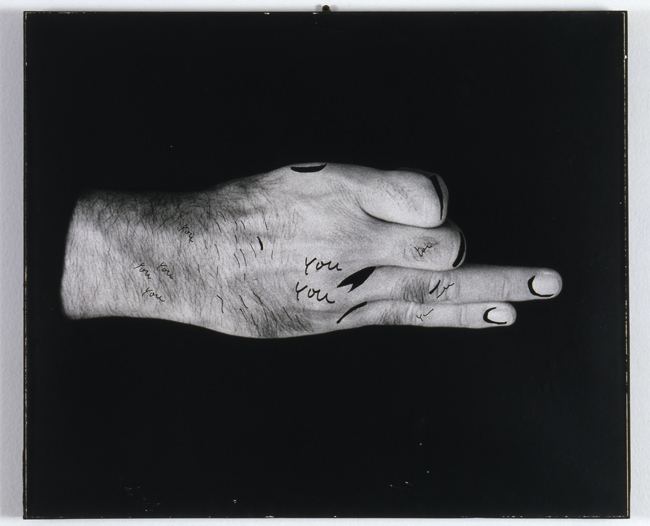
Near the end of her career La Rocca worked in "Riduzioni" (reductions), in which she transforms a common photograph, such as a family or individual portrait, into something more graphic. She alters the picture using graphic contouring of the image or by other distortions, often involving written words.
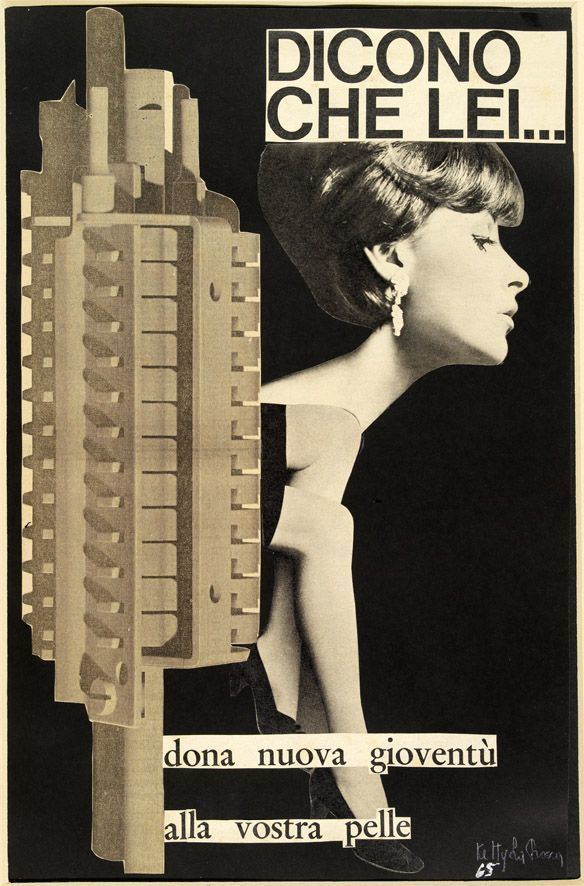
La Rocca debuted in the early 1960s as a poet, and eventually combined her poetic sense with the visual sense. Beside the experience with concrete poetry, she produced, in line with the visual poetry of Gruppo 70, to which she belonged, her collages, a set of images and words taken from newspapers and magazines and recombined in critical forms.
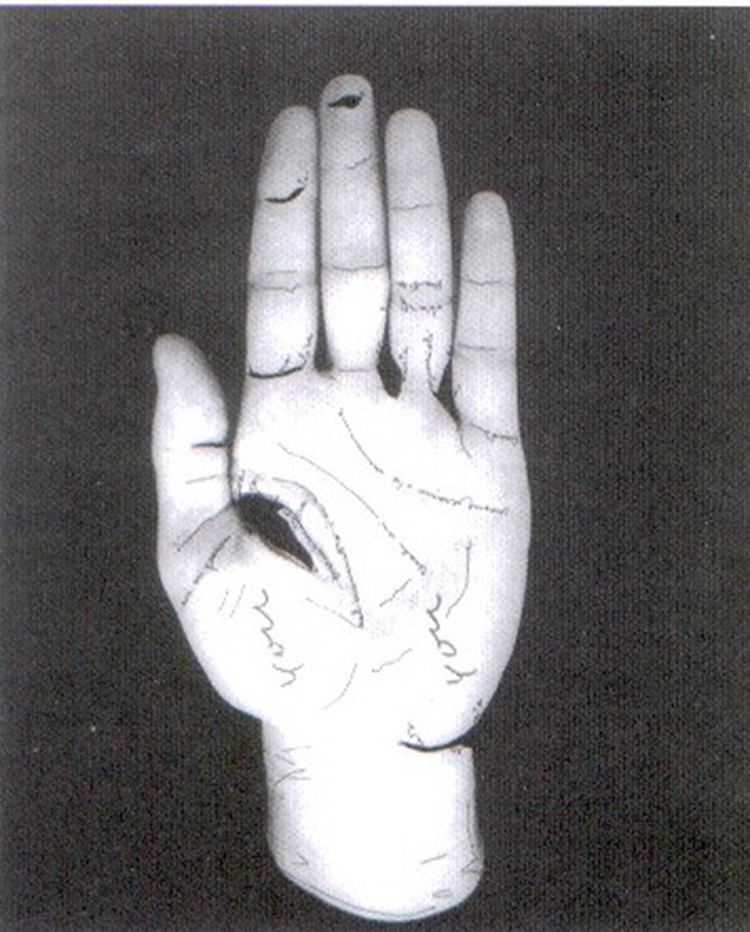
Starting from the late 1960s and early 1970s, she examined the universe of communication, using innovations including videotapes, installation and performance. During this time she created several works in black PVC plastic, often reproducing single letters of the alphabet and punctuation marks (mainly the comma), and various objects in metal and mirror.

After that time La Rocca developed the idea of a body-language, or of a body turned into language. She used pictures of human hands making simple gestures. Her initial steps during this phase included her book "In principio erat" (1971), which Lea Vergine cited as one of the fundamental experiences of Italian body art; and La Rocca's video “Appendice per una supplica”, shown for the first time at the 1972 Biennale di Venezia.
She then began using words written in rapid cursive on the images of hand (see for example "Le mie parole e tu?", 1971). This was the common trait of two main series produced by Ketty La Rocca in the last years of her life: the "riduzioni" and the "craniologie". In the former works, she developed her signature body of work, and passage after passage, with a gradual transfiguration, the images dissolve — through the act of writing — to the point where they become pure abstraction. In the "craniologie" she used the word "you", written on the reproductions of x-rays of her skull, where the image of a hand or a finger was superimposed on the cranial cavity. La Rocca constructed her unique aesthetic language working with materials as different as the letters of the alphabet, hand gestures, x-rays of her own head, and the practice of automatic writing.
After her death, La Rocca's works have gained international notice. Several retrospectives have been organized in Italy, Europe and the United States, in public and private spaces, such as:
One piece of La Rocca's work was acquired by the Uffizi, for exhibition in its wing of the Corridoio Vasariano. Her works
Museum collections
Ketty La Rocca's works are exhibited in the most important museums in the world:
References
Ketty La Rocca WikipediaKetty La Rocca iperarte.net
